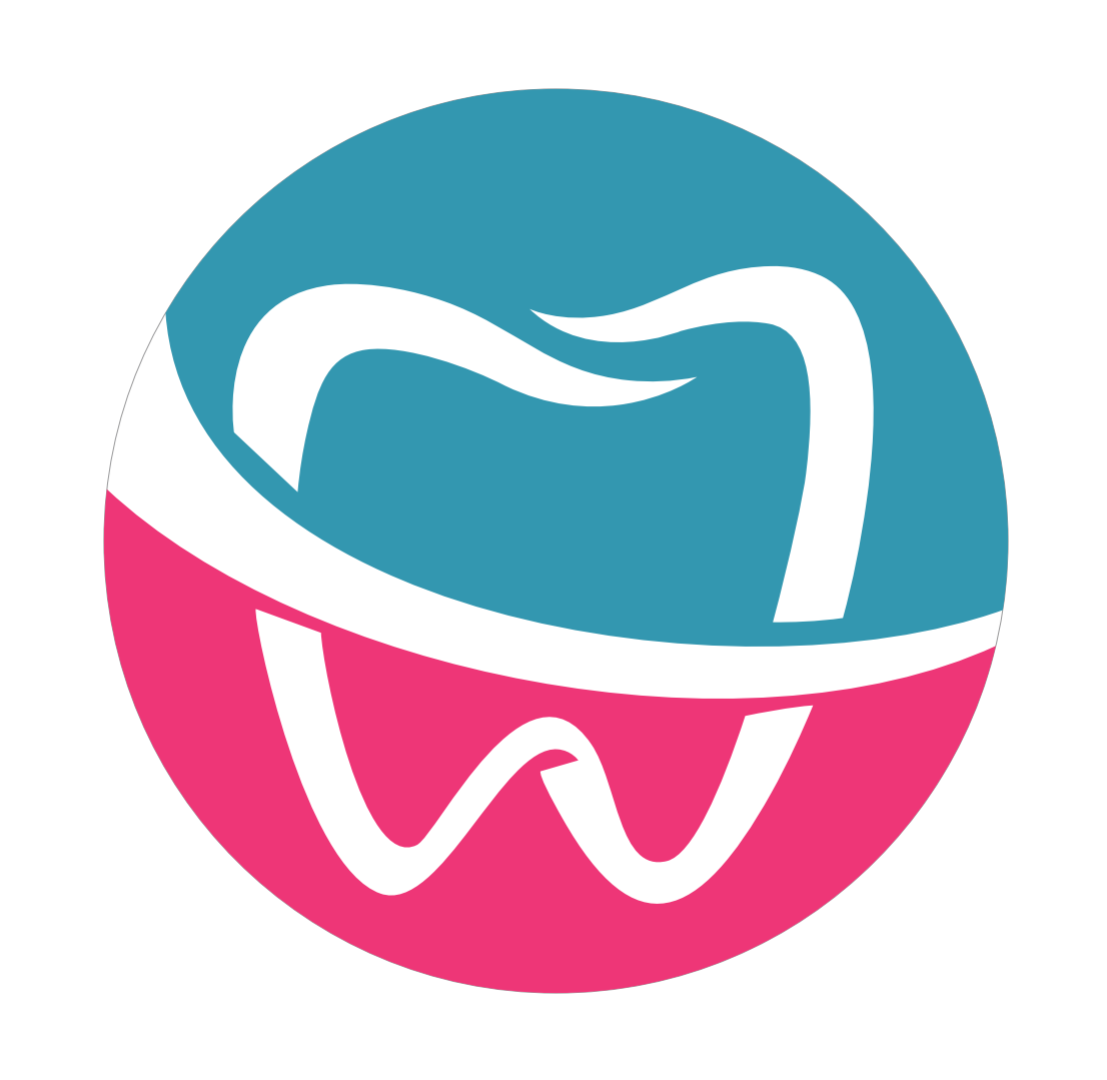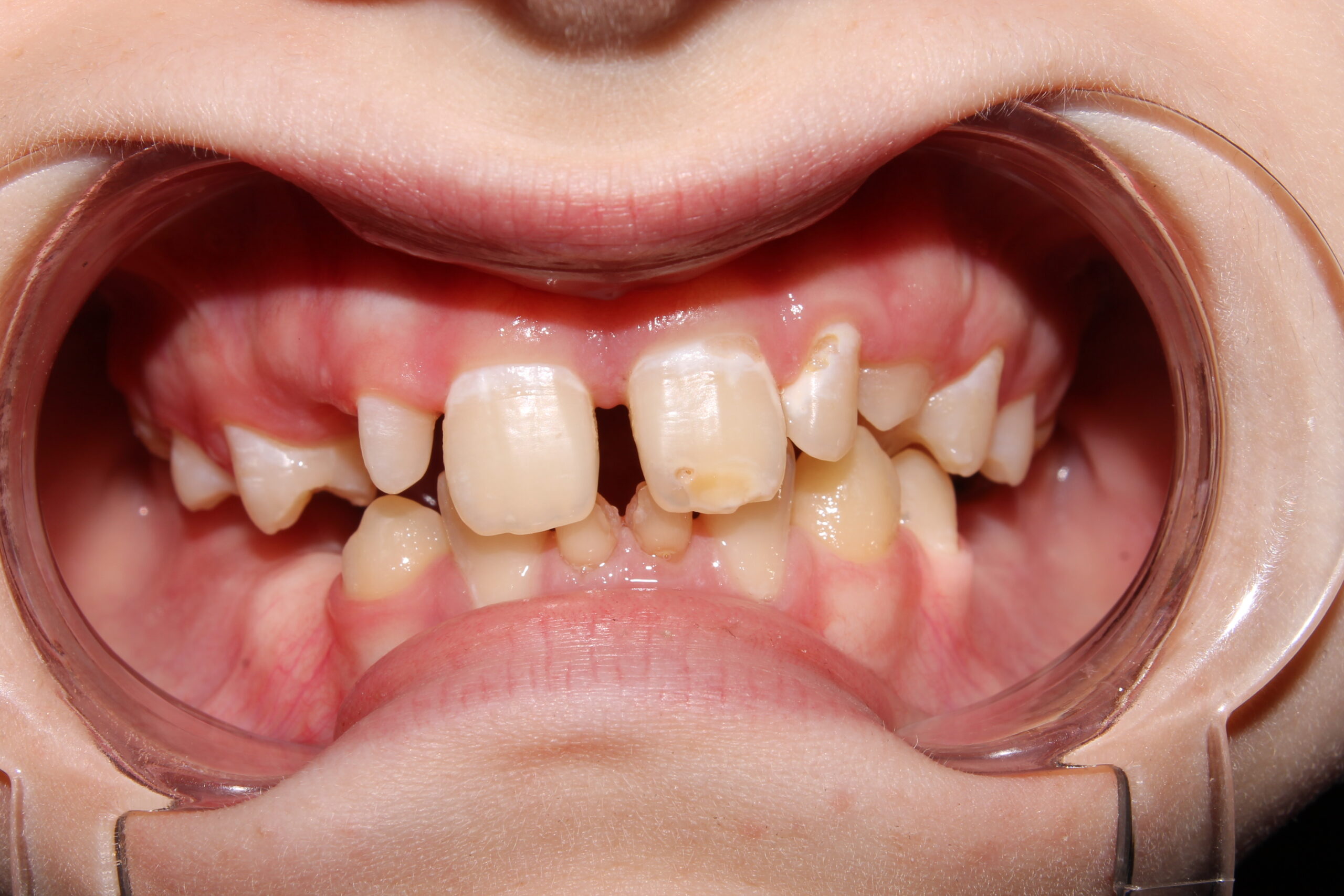What is Malocclusion?
Malocclusion is a dental term for misaligned teeth or a poor bite. This means your upper and lower teeth do not fit together as they should. Because of this, chewing, speaking, and cleaning your teeth can become harder. Malocclusion is common in both children and adults. In many cases, it can be mild and not cause problems. However, some people may need malocclusion treatment to improve their oral health and smile.
Causes of Malocclusion
There are several reasons why malocclusion can develop. Sometimes, it is present from birth. Other times, it develops over time. Understanding the causes can help you prevent or manage this condition.
Symptoms and Signs
Malocclusion symptoms can vary from person to person. Some people may not notice any problems. Others may have clear signs. Early detection can help prevent further issues.
For both adults and children, malocclusion symptoms can affect daily life. If you notice these signs, it is important to seek help.
Diagnosis
First, a dentist or orthodontist will examine your mouth. They will check how your teeth fit together. Next, they may take X-rays or dental impressions. These tests help them see the position of your teeth and jaw. Sometimes, they use photos to track changes over time. With this information, your dentist can decide the type of malocclusion you have. There are three main types: Class I, Class II (overbite), and Class III (underbite). Accurate diagnosis is key for proper malocclusion treatment.
Treatment Options
Not everyone with malocclusion needs treatment. However, if your bite causes pain or other problems, your dentist may suggest one or more options. Treatment depends on your age, the type of malocclusion, and its severity.
Early treatment in children can prevent bigger problems later. Adults can also benefit from malocclusion treatment. For example, braces and aligners work well at any age. If you need malocclusion treatment in your area, ask your dentist for local options.
Prevention and Oral Care Tips
While you cannot always prevent malocclusion, some steps can lower your risk. Good habits and regular dental care make a big difference.
With these tips, you can help keep your teeth healthy and reduce the risk of malocclusion symptoms in adults and children.
When to See a Dentist
If you notice crooked teeth, trouble chewing, or jaw pain, it is time to see a dentist. Early visits can catch problems before they get worse. Children should have their first dental check-up by age one. After that, regular visits help track tooth and jaw growth. Even if you have mild malocclusion, a dentist can suggest the best care. Do not wait for pain or discomfort to get help.
For personalized advice on malocclusion, consult a dental specialist. They can guide you to the right treatment and help you maintain a healthy smile.

